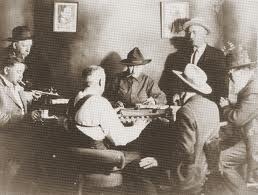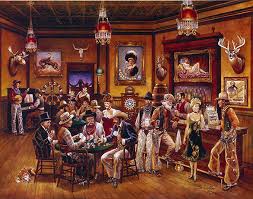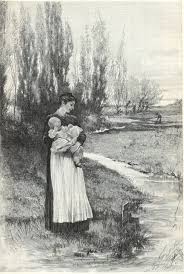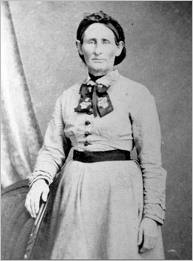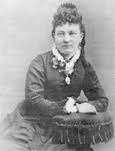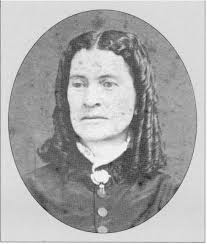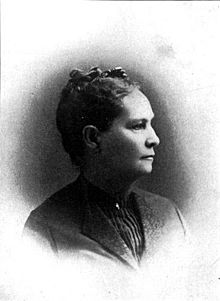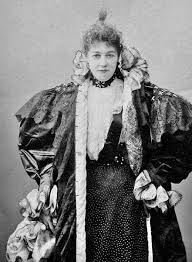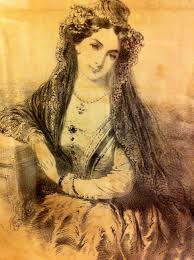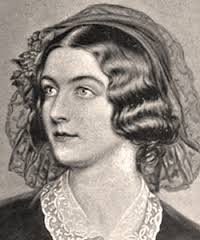Western Writers of America to Meet in Sacramento
California’s Gold Rush Country beckons anyone who writes about the American West and early frontier to attend the annual Western Writers of America Convention in Sacramento, California, June 24-28. During the week the association will pay tribute to the Spur Award winners and recognize the literary contributions of Robert J. Conley.
History presentations will deal with the Pony Express, the California Trail, the Modoc War, and Gold Rush entertainers. Other sessions will take place related to writing biography, fiction and screenplays, about book marketing, and research sources and techniques.
A special feature of this year’s convention is a keynote address by Liping Zhu – “Chinese Inclusion in Telling Western Stories.”
This address will remind writers that since the mid-19th Century, Chinese immigrants have been a favored topic in American literature from dime novels to movie scripts. Despite such a passion for the subject, most authors and writers often treat Chinese immigrants as an exotic foreign element that occupies a peripheral position in the mainstream American culture.
Giving a sweeping overview of Chinese experiences in the 19th Century American West, professor Zhu’s talk will highlight a number of important contributions made by Chinese to the “conquest” of the American frontier. Drawn from his personal research and scholarship, much of the information in this presentation will be new to the general public. Not only will these historical facts offer people a fresh picture of the history of Chinese immigrants, but they’ll also help to expel some popular myths about this ethnic group. Meanwhile, Zhu will provide a few inspirational thoughts about how to truly include Chinese into Western stories.
Born in Shanghai, China, Liping Zhu received a doctorate in Western history from the University of New Mexico in 1994. Specializing in the history of Chinese immigrants in 19th Century American West, professor Zhu teaches history at Eastern Washington University. His works include A Chinaman’s Chance: The Chinese on the Rocky Mountain Mining Frontier (1997), Ethnic Oasis: The Chinese in the Black Hills (2004), and The Road to Chinese Exclusion: the Denver Riot, 1880 Election, and Rise of the West (2013). He is working on a biography of Anson Burlingame.
This year’s convention also has two tour opportunities. The first is an early-bird tour on Tuesday, June 24 to the California State Capitol and to the California State History Museum with its extensive exhibits related to California Indians. This tour is limited to the first 45 people who sign up. The second tour is a visit to Old Sacramento with its many museums and shops. Following lunch at the Delta King, a retired paddleboat, tour participants will spend the afternoon exploring Old Sac.
Approximately 70 authors will take part in a WWA book signing to be held at Barnes & Noble, Citrus Heights, Saturday afternoon, 2-4 p.m., June 28. The Spur Awards will be presented that evening with a special presentation by Jim Beaver and hosting by Clu Gulagher, both known for their Western film roles.
Gulagher played Billy the Kid in the TV series The Tall Man and Emmett Ryker on The Virginian. His film credits include The Killers, The Last Picture Show, and McQ.
Beaver is an actor, playwright and film historian who wrote James Garfield: His Life and Films. Best known as Ellsworth on HBO’s Emmy-winning series Deadwood and as Bobby Singer on Supernatural, he has appeared in nearly 40 motion pictures.
The convention will take place at the Doubletree Hotel, 2001 Point West Way, in Sacramento. Please call the hotel directly to reserve your room, 800-222-TREE, and make sure to mention Western Writers of America for the conference rate of $85. The cutoff date for reservations is June 13, so plan accordingly.
Registration forms and a schedule of events are available at www.westernwriters.org, or email wwa.moulton@gmail.com.

